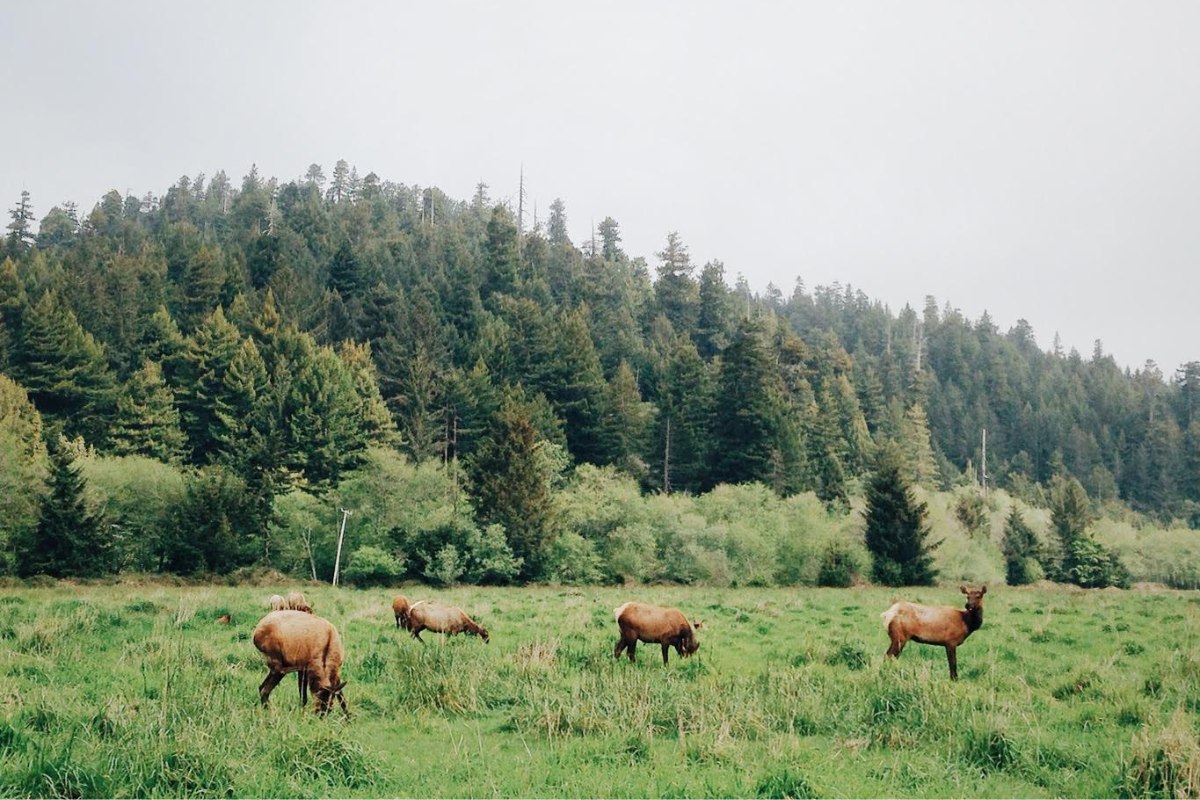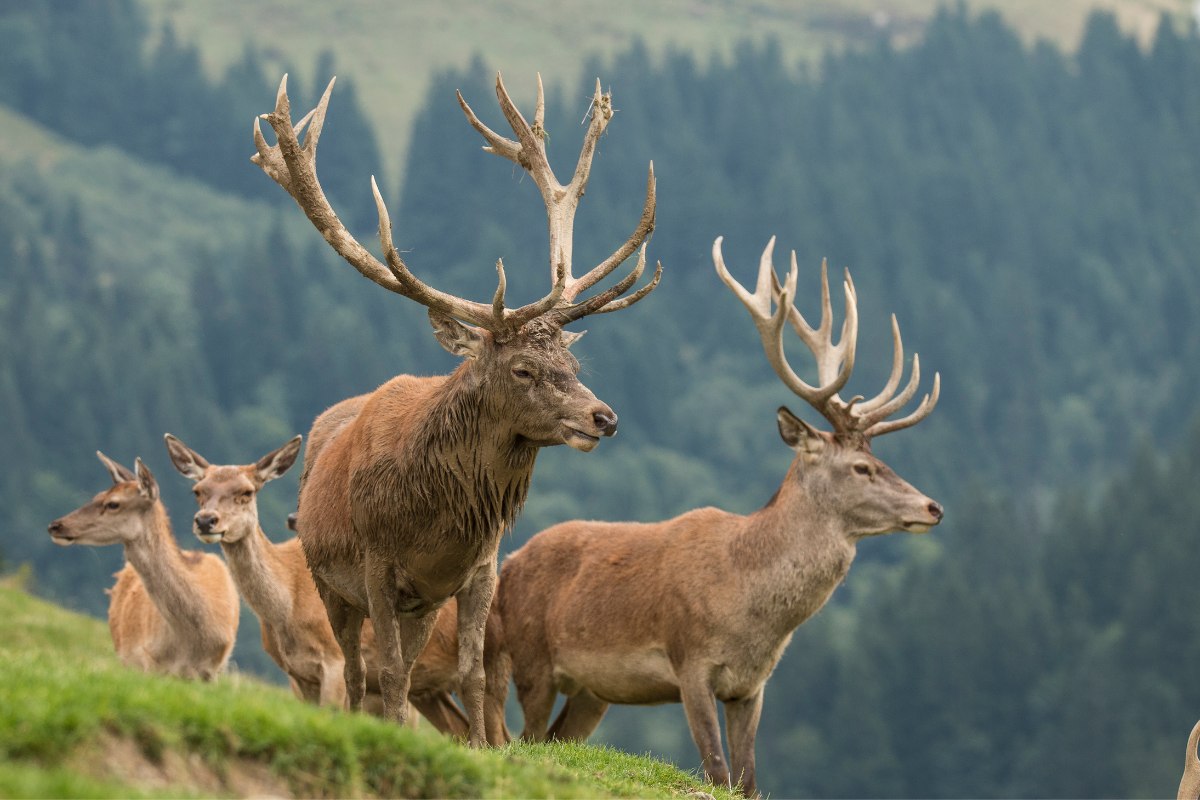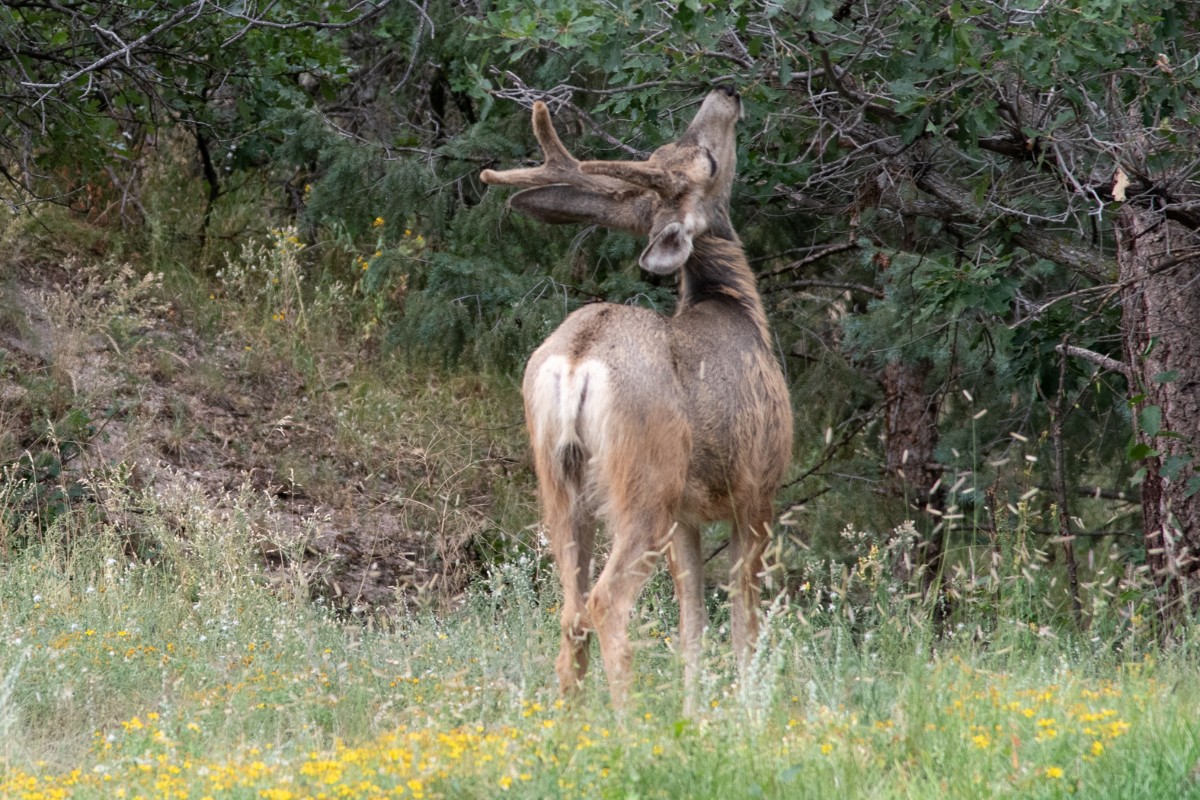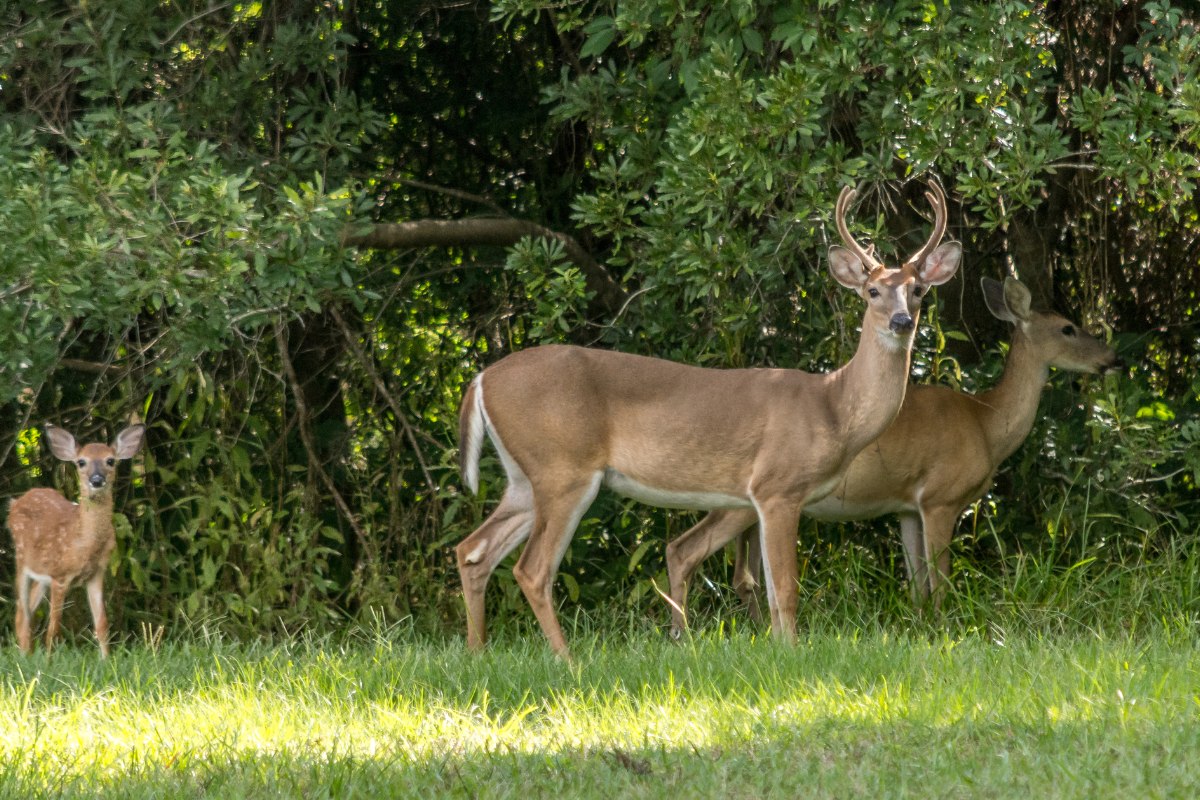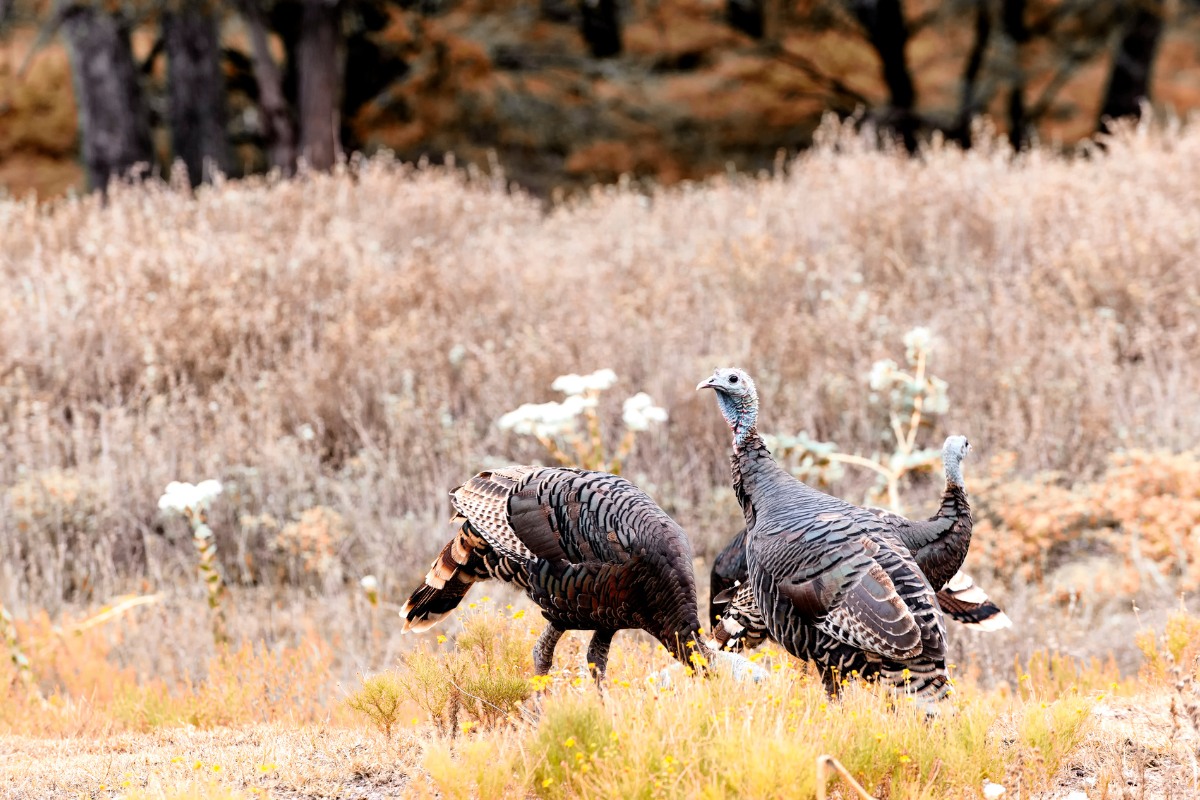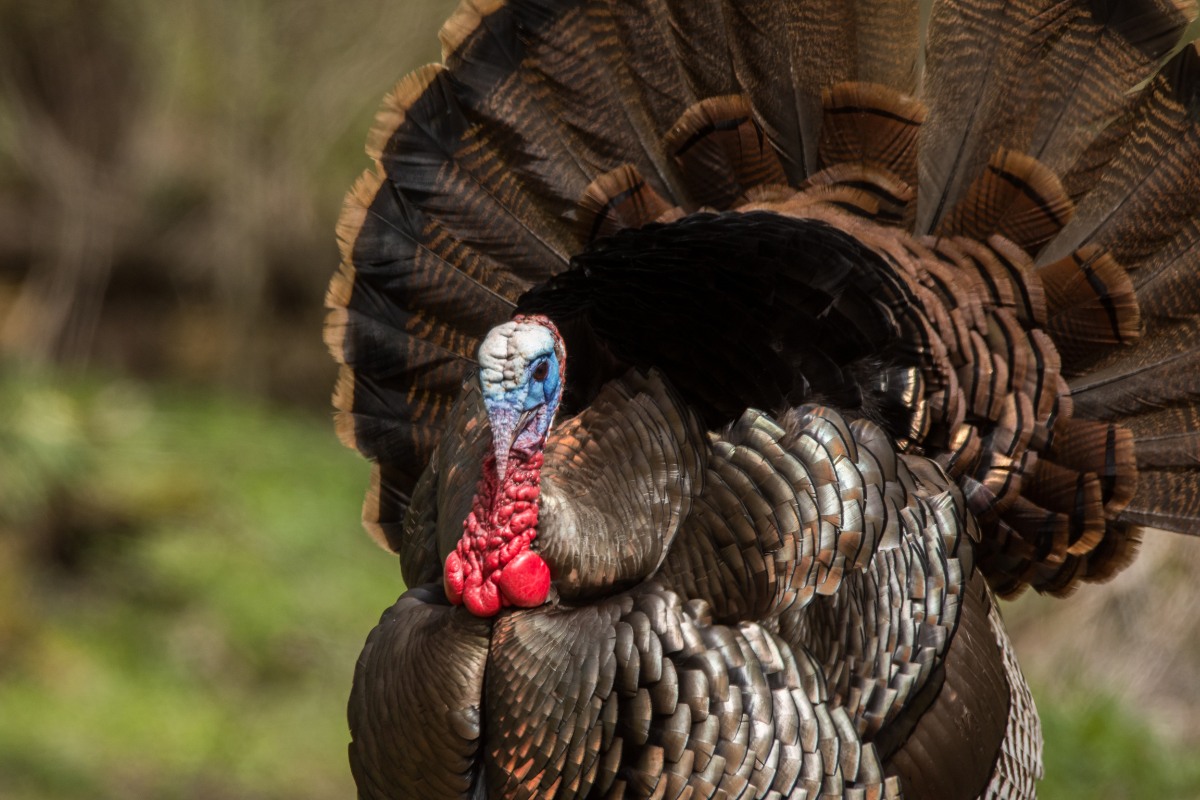Deer are attracted to food plots like moths to a flame. If you build it, they will come. That’s all you need, right? Well, sort of.
This article is for the average hunter who is looking to attract and keep more deer on his hunting grounds, grow healthier deer that survive rough mid-Atlantic winters, and if in the process, the maximum antler potential of the bucks in your area is reached, hooray for all!
So, we will not go into detail as to which specific seed or seed blend you should use but rather the conditions to consider when choosing a seed and how to begin plot construction.
In the mountains of Virginia, any deer hunter worth his salt will tell you that finding whitetails to hunt is almost entirely dependent upon one thing, and that’s acorns. When the acorns hit the ground, the deer gobble them up and seem to swarm to those areas that are producing the most. On years with low to no mast, it can be slim pickings for hunters relying on National Forest or small private lots, and not private agricultural farms.
On the farmlands of Maryland it’s a totally different story. Agricultural crops make up the majority of a deer’s diet and those may include corn, soybean, alfalfa, wheat, rye, etc. Soybean and alfalfa are usually a staple, with the occasional corn rotation every 5 years or so. So if you have an annual planting of crops, why would you ever need to supplement a deer’s diet with a food plot?
The fact is that these crops in their life cycles leave gaps in which they are not available for consumption by deer. Farmers rarely plant anything prior to mid April which is typically the last frost. Therefore, deer are relying on natural browse, winter wheat (when planted in rotation), and dormant alfalfa, to supplement their fat reserves from December to April. That is a long time without high-quality nutrition and prime time for bucks to be recovering from the rut and developing fawns.
Also soybeans planted early in the year which are great sources of food during the hot summer months become dry and dead by hunting seasons opening in September or October. Later plantings may remain green and attractive through September but become less desirable in October once they have dried and the acorns start falling.
It is hard to beat hunting over a recently cut cornfield in November or a standing bean field in December. But about a week after cutting, the dropped corn is eaten and gone and most farmers don’t let their beans just hang out there all winter. Once harvested, bean fields can become a barren wasteland unless a winter wheat crop or another substitute is planted. What do all of these scenarios have in common? They all force deer to travel elsewhere looking for the next available food source which can bring them into the crosshairs of your neighbor or at the very least out of yours for the season. So this is where food plots finally come into play.
Well developed food plots, properly placed on a hunting property, can and will produce highly nutritional, highly attractive, year-round forage for deer, even those in high agricultural areas, by filling in the gaps left by typical crop rotations. The key is knowing what to plant, when to plant it, and where.
Soil Tests
Each seed manufacturer provides a guideline to help you answer these questions and make a decision for your planting. However, they do not live on your land and know the intricacies of the soil, water availability, sunlight, etc. Therefore, the first thing that is a must for food plot success is to perform a soil test. Knowing exactly what the nutrient levels are and the pH (soil acidity) is crucial to preparing a good environment for your seeds to germinate and thrive.
Most seed manufacturers offer a soil test for a small fee where you simply mail them a sample and they then provide you with lime and fertilizer recommendations and application rates. Do-It-Yourself tests can be purchased from your local co-op, hardware stores, or the garden centers of most “big box” retailers. These can be effective as well only they usually offer generic recommendations for soil mediation.
Where to Plant
Deciding where to plant can be related to the size of the desired plot. If you are hunting in an area with very little forage available and are interested in providing a primary food source to support and attract deer herds, your plot may need to be larger in order to handle the higher consumption rates by the deer. Local DNR offices can provide you with estimated deer densities in your area that will allow you to determine how much tonnage of forage you will need to provide.
Following the natural lay of the land is always preferred to constructing a plot by regrading the land. Flat or gently sloping ground will prevent erosion of topsoil, seed, and fertilizer during heavy rains much more so than steeper sloped areas. These areas often have a deeper topsoil layer versus sloped ground where rock or dense clays dominate the soil strata. Topsoil is always more fertile and easier for seedlings to take root. So utilize what you have and protect it. These areas can be difficult to find in mountainous terrain. In this type of landscape, you may need to think outside of the prototypical green, lush field type of plot and consider smaller “micro-plots,” linear plantings along old logging road beds or on benches (breaks in slope along the sides of ridges /mountains).
Perimeter cover adjacent to the plot is another great asset to have as it will allow the deer to approach the plot under cover and survey the situation before exposing themselves when they enter the plot to feed. This makes the deer feel more confident and secure, making them more likely to use the plot during daylight hours and more relaxed while feeding. Therefore plots constructed within or adjacent to thickets, tall grasses, or even carved from hardwoods can be extremely productive. You may also consider planting these borders with native trees, shrubs, and herbaceous plants that produce a mast crop or fruit (chestnuts, apples, blackberries, etc.) or provide browse for the deer. This will not only achieve the cover but also provide additional food and attraction.
Most seeds require a minimum of 6 hours of direct sunlight (full sun) to thrive and reach maximum production. Some shade tolerant seeds can thrive with as little as 3-4 hours of direct light and would be more appropriate for smaller plots set within wooded areas. If you are having to fall trees in order to open the ground for planting and/or provide more light, leave the tops, root stumps, and debris around the perimeter of the plot, this will create a brush border and once the newly available sunlight reaches these areas, new growth will rapidly thicken the plot’s borders creating a wonderfully secluded honey hole.
When planting adjacent to existing fields or agricultural crops, leave a buffer of tall grasses, brush or trees to allow the deer to feed in confidence. Fencerows make excellent vegetative breaks as there are usually trees, briars, etc already there and the deer travel these connections naturally. Extend the “no plow zone” along fence lines as much as possible or at least 30 yards centered, if you prefer.
If you haven’t noticed, many hunters are much bigger fans of the smaller, secluded plots than wide open larger fields. This is in part due to having hunted large corn and soybean fields for many years and watching deer hug tree lines at less than 50 yards from the brush. Countless times have experienced hunters watched deer hang out in the corner of a field and only venture farther out into the open as last light descends.
Therefore, the “staging” plots chosen to construct on the farm are located between thick bedding areas and/or adjacent to open ag. fields and provide an area where the deer can gather and feed in safety before heading out to the open corn fields or stop on their way back to bed for a last bite. They are small (less than 1/2 acre) and allow a bow hunter shot opportunities to almost the entire plot as well as the trails accessing it.
Build a Food Plot Step by Step
So you found the perfect spot for a plot, performed a soil test and have all the ingredients to make each little seed a happy camper and grow, baby, grow. Unfortunately, it’s not as easy as just throwing the seed on the bare ground and magically, a big buck magnet sprouts from the earth. Despite their product names, the majority of seeds out there need some ground preparation work to various degrees, and even if they don’t “need” it, they will definitely benefit from it.
Clearing the Competition
Existing vegetation and debris need to be removed in order to allow seed contact with the soil and to eliminate competition for nutrients, water, and sunlight. It’s recommended to use a herbicide (RoundUp) 2-3 weeks prior to breaking ground to kill the actively growing grass and brush. Then remove the dead sections of plants. This can take several applications as seeds laying dormant will begin to germinate as sunlight, etc. now becomes available.
Breaking Ground
Depending upon the chosen seed, your access to equipment, the accessibility of the plot site by equipment, and the size of the plot will determine if you will be using hand tools (rake, shove, pick), medium equipment (garden tiller, ATV, lawn tractor) or heavy equipment (farm tractor).
In general, the deeper the soil can be loosened, the better the soil bed, as it will allow better root penetration for the emerging seedlings. However that being said, some of the best places to hunt are impossible to get machinery to and you are left with doing the work by hand. In these cases, clear all the surface debris, including leaves, branches, and existing vegetation and using an iron rake, agitate the surface of the soil. This will open the ground for root penetration and allow for better seed-to-soil contact which is important to stimulate germination.
Where equipment is available, disc the soil to loosen the top 3-4″ minimum. On virgin ground, the land may need to be plowed first in order to break up the root systems prior to discing. If the area was highly vegetated, wait about two weeks and disc it again to break up the root clumps. For smaller plots, a garden tiller does a great job, however, it is much slower than an ATV with attachments or a farm tractor. Once the ground is broken, it’s a good idea to rake the root balls/clusters out if practical. This is also a good time to apply any fertilizer or lime recommended so that it can be worked into the soil with the disc or tiller.
Smooth the Surface
Using a cultipacker or drag (usually a section of galvanized fencing attached to a weight such as a piece of 4×4 lumber and pulled behind an ATV) smooth out the surface of the plot. This will help to allow even distribution of seed and prevent concentration of rain that can lead to higher runoff and erosion instead of ground absorption.
Plant
Depending upon the size of the plot and the amount of seed you will be distributing, most smaller plots (under 1 ac) can be done easily with a hand spreader. They can be purchased at any garden center, are inexpensive, easy to operate, and allow you to control the coverage. Medium plots of 1-2 acres can be seeded effectively with a walk behind spreader and larger plots greater than 3 acres require machine mounted or pull behind types of spreaders to be more efficient.
Pay close attention to each seed’s requirements for seeding as many seed types are tiny little things that will die if buried too deep. Many simply need to be broadcasted with a rolling recommendation (using a heavy drum to press seed into soil surface to create good seed-to-soil contact), while some may require more depth such as corn or soybean mixes. In this case, the appropriate equipment to achieve such depth or row orientation would be necessary.
Rain
All the hard work, time and money spent in determining the perfect spot, clearing, seed bed preparations, lime, fertilizer, and seed choice won’t amount to a hill of beans (no pun intended) if it doesn’t rain.
Many of the seeds available claim to be drought tolerant and this may be true. However, this tolerance usually comes after they have had the chance to establish themselves. Hot and dry weather immediately after planting for extended periods of time rarely leads to food plot success. Try to plan ahead and plant when rain and milder temperatures are in the forecast.
Maintenance
Ok, your plot is growing, you are getting rain, and all you have to do is sit back and wait until hunting season to reap the rewards, right? Wrong. You just created the most sought after real estate for a plant to grow. You can bet every weed in the area is sneaking their way in to try to get a foot hold. Weeds can quickly overtake a plot and leave all your hard work for not. Planting seeds that are tolerant to specific herbicides makes weed control a little easier but often you can combat weeds with simple mowing/bushhogging as needed.
Food plots have revolutionized the way you hunt and have the potential to vastly improve your deer herd. If you think your hunting grounds would benefit from the construction of a food plot, consider these techniques in your site and seed selection and be prepared for what could be a long, hard road to success. You just might find a big old buck standing in front of your stand this fall.
